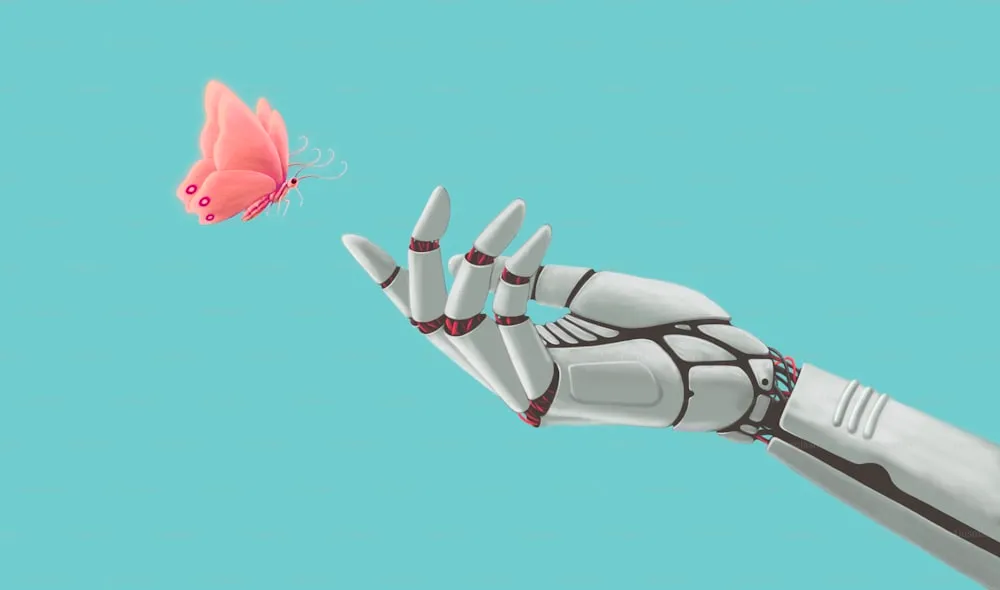At first glance, the call for “Uncensored AI” might conjure images of a digital Wild West, untamed and unprincipled. Yet, the essence of this exploration dives far deeper into the fabric of our digital society than one might initially anticipate. It’s not a narrative of chaos but a testament to the inherent diversity, creativity, and autonomy that define human experience. As we venture into the discussion, prepare to unravel the nuanced layers that challenge the conventional wisdom of AI alignment, revealing a compelling argument for a more inclusive, imaginative, and self-determined future in technology.
The rapid evolution of AI language models has led to a burgeoning debate around the ethics, capabilities, and limitations of these technologies. Central to this discussion is the concept of “aligned” AI models — those that have been trained to adhere to certain ethical guidelines and cultural norms, ostensibly to prevent the dissemination of harmful or illegal content. However, this alignment has sparked a conversation about the need for “uncensored, unrestricted, and non-aligned language models.” Here, we explore the reasons underpinning this need, emphasizing the importance of diversity, freedom of inquiry, ownership, and the potential for customization.
1. Cultural Diversity and Representation
At the heart of the argument for uncensored models is the recognition that culture is not monolithic. American popular culture and legal standards, which heavily influence the alignment of current AI models, do not represent the entirety of human experience. Just as there is no “one-size-fits-all” in cultural representation, the same holds true for AI alignment. The diversity of global cultures necessitates a variety of models that respect and reflect this diversity, enabling users from different cultural, political, and religious backgrounds to engage with AI in a way that resonates with their unique perspectives.
2. Unhindered Creativity and Research
Another compelling argument for the existence of uncensored models is the realm of creativity and intellectual curiosity. Writers, artists, and researchers often explore themes that might be deemed controversial or sensitive by aligned models, such as violence, dystopian societies, or morally complex characters. The self-censorship of AI can stifle creativity and hinder research that requires an unfiltered exploration of ideas, regardless of their potential sensitivity. The distinction between exploring a concept and endorsing it is crucial; intellectual curiosity should not be curtailed by preemptive moral judgments made by AI.
3. Ownership and Control
The principle of ownership and control is foundational to the argument for uncensored AI models. Just as individuals expect their tools and devices to serve their purposes without unsolicited interference, the same expectation extends to AI. If AI technology is to be genuinely user-centric, it must be capable of responding to the user’s inquiries and commands without imposing unsolicited moral or ethical constraints. This notion of autonomy and control is not just a matter of convenience but a fundamental principle of personal freedom.
4. Composability and the Foundation for Customized Alignment
The concept of composability in AI development is critical. To create AI models that can be customized to align with specific ethical frameworks or cultural norms, developers must start with a base model that is free from inherent biases or restrictions. This unaligned base allows for the creation of specialized models tailored to the diverse needs and values of different user groups. Composability not only enhances the versatility of AI technology but also democratizes access, ensuring that AI can be a tool for all, not just those whose values align with the pre-existing models.
Conclusions
The debate over uncensored, unrestricted, and non-aligned language models is not merely academic; it touches on fundamental issues of freedom, diversity, and creativity. While the alignment of AI with certain ethical standards and cultural norms serves to prevent harm, it also risks stifling the rich diversity of human thought and inquiry. As we stand at the crossroads of AI development, it is imperative to foster a dialogue that embraces this diversity, ensuring that AI technology serves humanity in all its complexity and plurality. The future of AI should be as multifaceted as the societies it seeks to serve, requiring a careful balance between safeguarding ethical standards and promoting an unbounded exploration of ideas.

